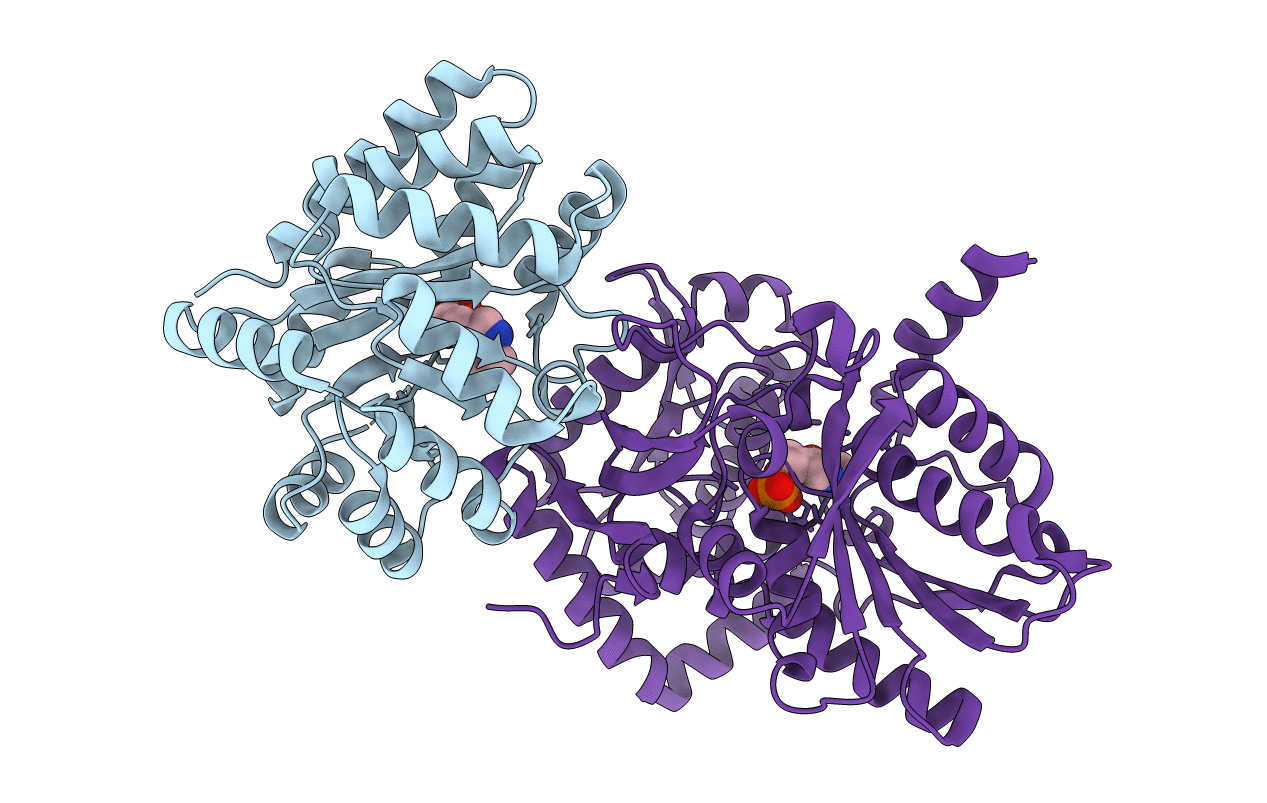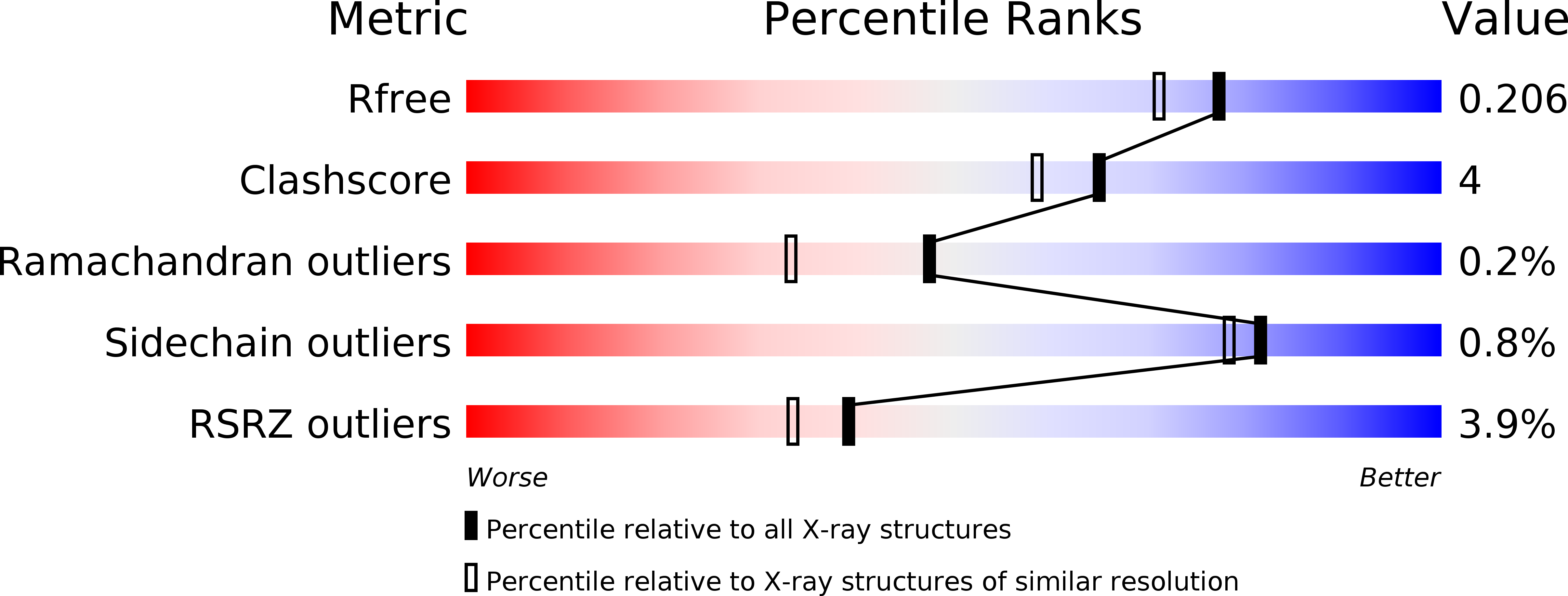
Deposition Date
1999-11-15
Release Date
2000-11-10
Last Version Date
2023-12-13
Entry Detail
PDB ID:
1QOQ
Keywords:
Title:
CRYSTAL STRUCTURE OF WILD-TYPE TRYPTOPHAN SYNTHASE COMPLEXED WITH INDOLE GLYCEROL PHOSPHATE
Biological Source:
Source Organism:
SALMONELLA TYPHIMURIUM (Taxon ID: 602)
Host Organism:
Method Details:
Experimental Method:
Resolution:
1.80 Å
R-Value Free:
0.21
R-Value Work:
0.17
Space Group:
C 1 2 1


